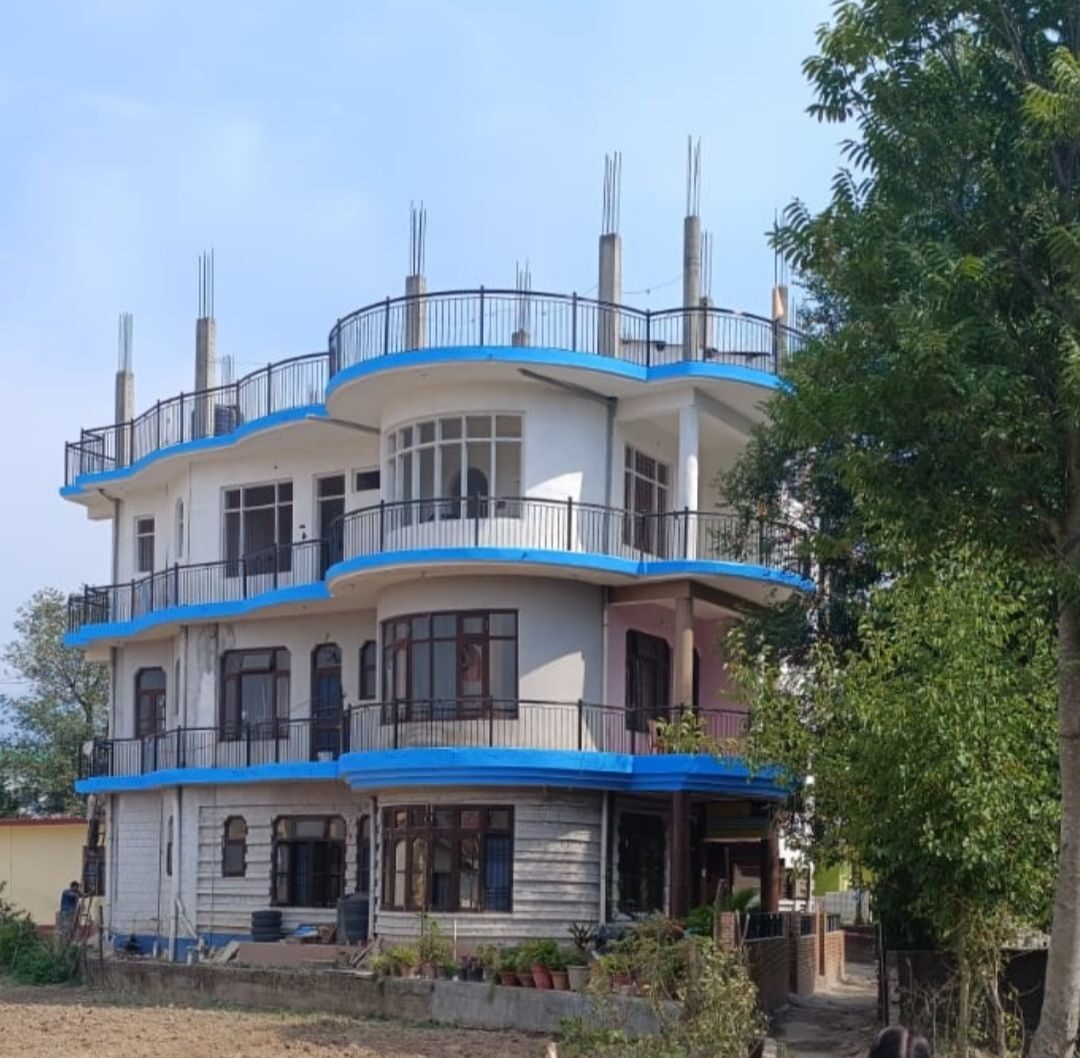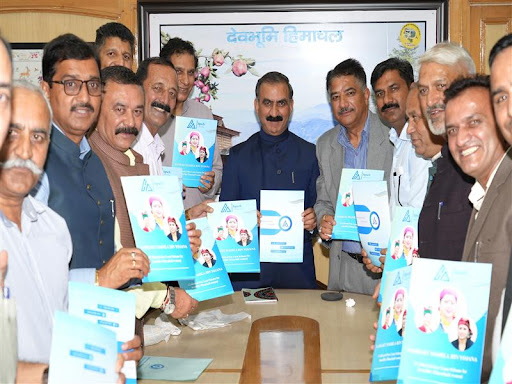Himachal Pradesh’s Wildlife Marvels: Conservation Initiatives Shaping the Future
Human demands are expanding day by day on land, sea, and freshwater resources, coupled with the impacts of climate change. This has significantly increased the urgency of conservation and management efforts for wild areas and wild animals. It will require collective efforts from individuals, communities, governments, and organisations to ensure the long-term survival and coexistence of wildlife species. Himachal Pradesh, a state known for its breathtaking landscapes, is home to several wildlife marvels. The state government, along with various organisations and local communities, has taken several conservation initiatives to shape the future of wildlife in the region.Here are some of the prominent Himachal Pradesh's Wildlife Marvels :


1. Great Himalayan National Park: Located in the Kullu district, the Great Himalayan National Park (GHNP) is a UNESCO World Heritage Site known for its rich biodiversity. The park is home to numerous endangered and endemic species.
Conservation measures in GHNP focus on habitat protection, anti-poaching efforts, and community involvement in conservation activities.
2. Wildlife sanctuaries and reserves: Himachal Pradesh has several wildlife sanctuaries and reserves that serve as important habitats for a wide range of species. These protected areas, such as the Renuka Wildlife Sanctuary, Churdhar Wildlife Sanctuary, and Kalatop Khajjiar Wildlife Sanctuary.
These sanctuaries contribute to the conservation of various animals, including the Himalayan black bear, serow, barking deer, and numerous bird species.
3. Conservation of snow leopard: The state has established the Snow Leopard Project, which focuses on research, conservation, and community-based initiatives to protect this endangered species.
Efforts include setting up camera traps to study snow leopard populations, engaging local communities in conservation activities, and implementing sustainable livestock management practices to minimize conflicts between snow leopards and herders.
4. Ecotourism and sustainable living: Wildlife conservation initiatives in Himachal Pradesh often integrate ecotourism as a means to generate economic benefits while preserving natural resources.Also, Responsible tourism encourages travelers to be mindful of their impact and make choices that benefit both the environment and local communities.
Ecotourism activities often involve guided tours, nature walks, and interpretive programs that raise awareness about the importance of wildlife conservation. Responsible tourism encourages travelers to be mindful of their impact and make choices that benefit both the environment and local communities.
You may also read – https://himachal.blog/places-to-visit-in-kasol/
5. Forest Conservation and Afforestation: Forests play a vital role in supporting wildlife populations and maintaining ecological balance. Himachal Pradesh has implemented various forest conservation programs, including afforestation drives, sustainable forest management practices, and anti-deforestation measures.
These initiatives aim to protect forest ecosystems, enhance habitat connectivity, and promote the regeneration of degraded areas.
6. Tirthan Wildlife Sanctuary -Tirthan Wildlife Sanctuary is located in the Kullu district of Himachal Pradesh, India. It is a protected area known for its rich biodiversity and scenic beauty and plays a significant role in the conservation of wildlife.
Conservation efforts in Tirthan Wildlife Sanctuary focus on protecting and preserving the biodiversity of the area. Measures such as anti-poaching patrols, habitat restoration, and community participation are implemented to ensure the sustainable management of the sanctuary.
7. Community-based Conservation: The involvement of local communities is crucial for effective wildlife conservation. Himachal Pradesh has implemented various community-based conservation initiatives where local communities actively participate in conservation activities.
These initiatives include capacity building, awareness programs, and the establishment of community-managed conservation areas. By involving communities in conservation efforts, it promotes a sense of ownership and responsibility toward the protection of wildlife and their habitats.
Overall these conservation initiatives in Himachal Pradesh are crucial for the long-term survival of wildlife species, the preservation of biodiversity, and the sustainable development of the region.By involving local communities, promoting responsible tourism practices, and addressing key conservation challenges, these initiatives are shaping a future where Himachal Pradesh’s Wildlife Marvels and natural ecosystems thrive in harmony with human activities.
















